Lego. It’s one of my favourite things. I adore the Lego story, and have watched documentaries and read books about it. I love Lego itself and enjoy building with it. It is a great way to relax and switch off and be creative. I love the Lego House. I’ve never been, but it’s on my list. Lego is such a versatile tool to have in our libraries. It’s something that can be used as a fun lunchtime activity, for a robotics club, for prototyping designs, for maths, storytelling, there really is no limit to what Lego can do and be in our school library space. Starting a Lego club can be a little daunting. Will anyone come? And how do you get started? Here’s how we’ve done it in our space.
Purchasing Lego
One of the most important things you need is Lego. But it can be expensive. A school library staff member put me onto Bricktastics and they have been fantastic. They sell secondhand Lego that is sorted and sold in bulk. It’s great quality, at a great price and you can pick up some amazing deals. Over the years I’ve now built our collection to about 30 kg of Lego You can buy specific Lego pieces but you can also buy bulk packs, which are great for getting started with large groups of students. You can also ask for donations of Lego. Thanks to one of our students, who donated his collection, we now have an impressive collection of Lego kits and mini figures and extra Lego pieces. I have then also purchased specific Lego as requested by students. Things like Technic pieces to complete a race car or extra battery packs. I’ve found purchasing Lego through Amazon helpful in this case.
Storing Lego
There are lots of ways to store your Lego. Big clear plastic tubs are great. We have a lot of rolling carts with trays of different shapes and sizes and they’ve been great. You can sort by colour or type and spare trays can be used for student project work. We can wheel these around because the last thing you want to do is be carting heavy boxes of Lego.

Picking a day
The next step is deciding how your Lego club will fit into the daily routine of your school library. Will you run it at lunchtime or after school? One day a week or multiple? We run ours at lunchtime. We selected Tuesday as our Lego club day and promoted that within our range of weekly lunchtime activities.
Activities
The beauty of a Lego club is that it can be as simple as providing the Lego and standing back and watching the students create. But you can also set up some activities to help guide their creativity. We do a mix. My incredible team come up with some awesome activities. Full credit to them for the ideas below. Some days it’s just free build, other times we have suggested activities and build ideas, it’s opt in, they don’t have to get involved. These range from challenges – make something that moves, create a fantasy scene – to whole collaborative builds, including putting out a city scene mat for students to create the pieces of the city. There are lots of ideas online for activities and challenges, instructions you can print off or you could let the students create the challenges and activities.
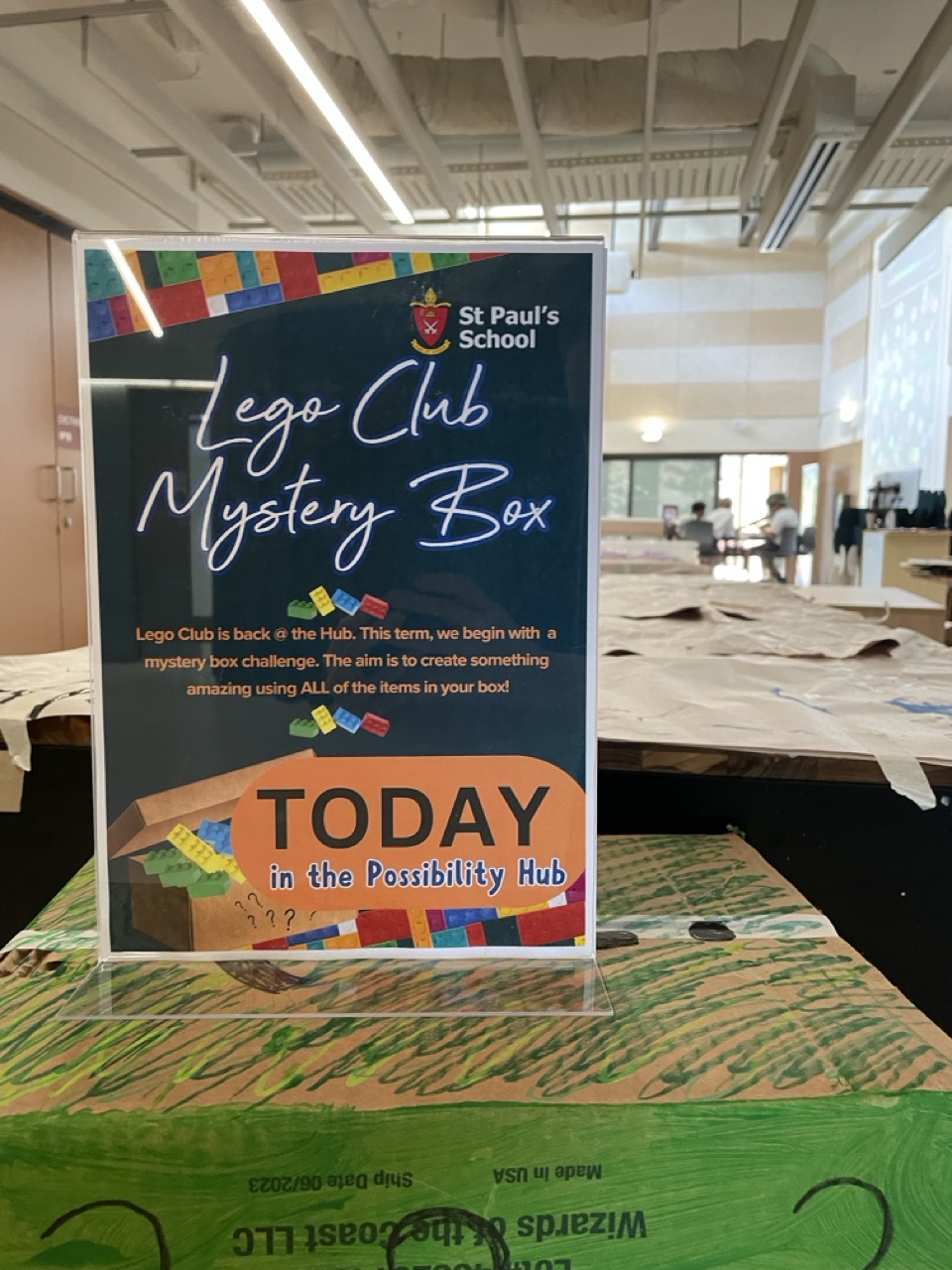
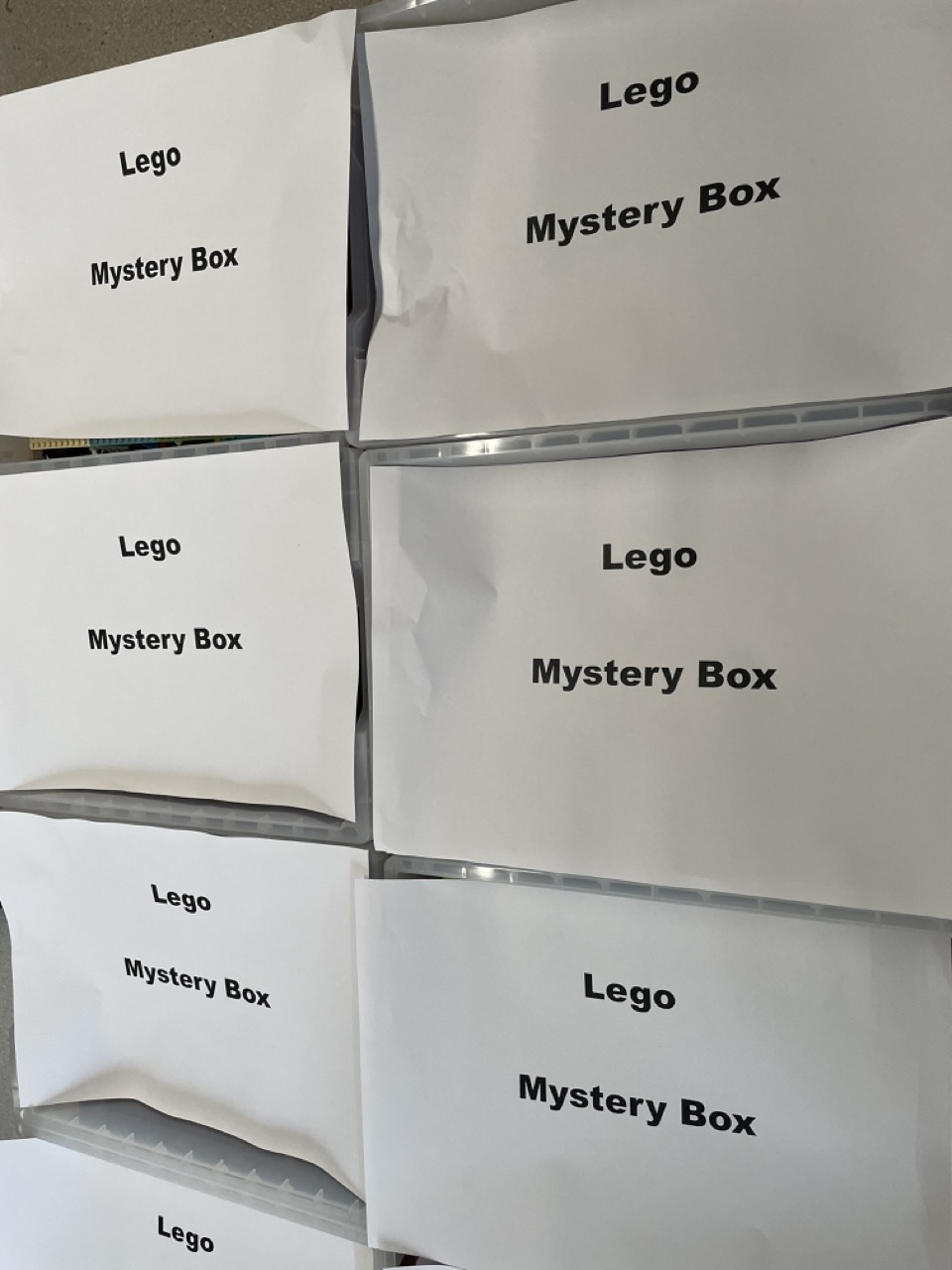
Books
Having Lego books out with your Lego is a great way to encourage students to find new things to build or use new techniques. I’ve moved our Lego collection to the Lego area. Makes more sense there than having it with the rest of the collection.
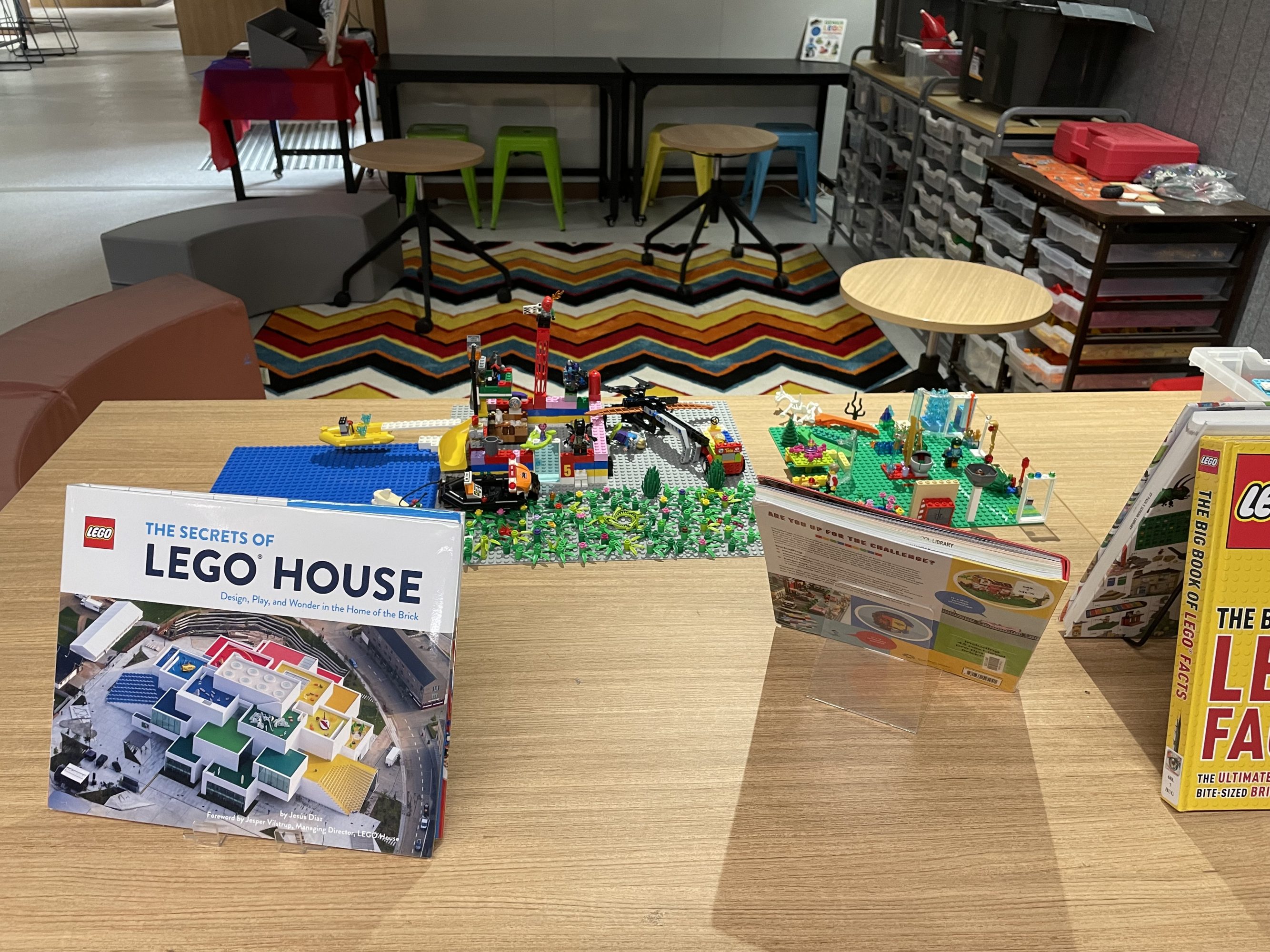
Lego Masters
It’s super fun to be able to build on the hype of TV shows like Lego Masters and run your own mini Lego Masters. We called our competition Lego Minions. We’ve done it a few times now in different formats, sometimes spread over a short time other spread over a few weeks. We’ve done it with open challenges – each team getting a tray of Lego to build with, and closed challenges – build a particular item or within a theme. Our Lego Minions comp has been open to secondary students and junior students with different challenges and prizes. And check out if you have a school connection to a Lego Master. You can arrange for them to visit schools.
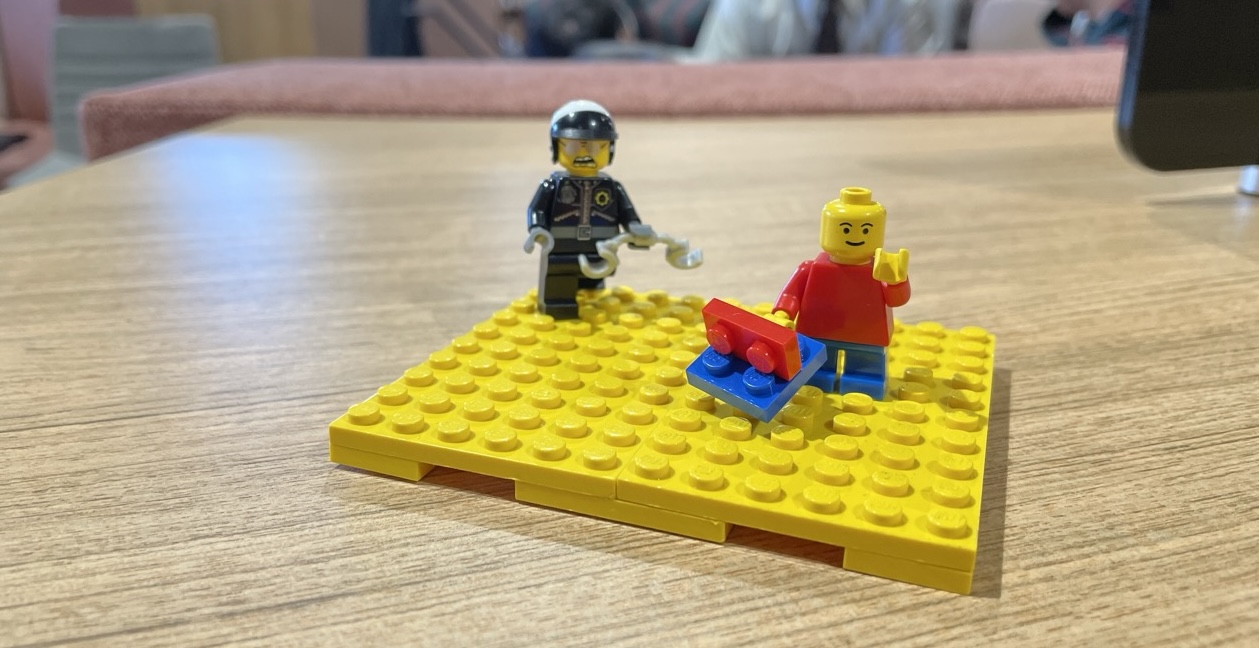

Age Groups
Lego has a massive audience, so your Lego club can be open to all age groups – including staff. Secondary school students love our club. if you’re looking to extend what appeals to secondary school students I found having ready-made kits where they build them following the instructions appeals to some students. Some find the large mixed box of Lego with no instructions a little overwhelming. Adding batteries and motors to your resources has also really helped us engage us secondary school students.
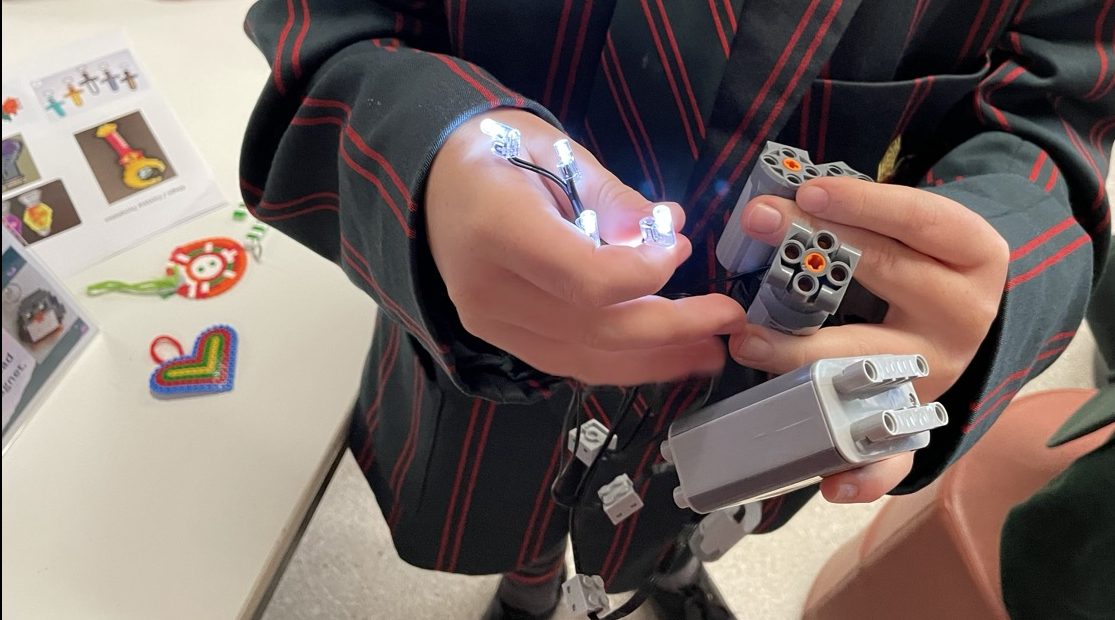
Designated area
We’ve been able to create a designated Lego area which means our Lego is out and available on every single day so our Lego club now kind of runs every day with special activities just on the Tuesday. I love it because the students who enjoy being in the space can always be in there. Having the Lego always out and available means a wide variety of students can join in at all time, the Lego area kind of advertises the club for us. I’ve even seen some year 12 girls in the space.
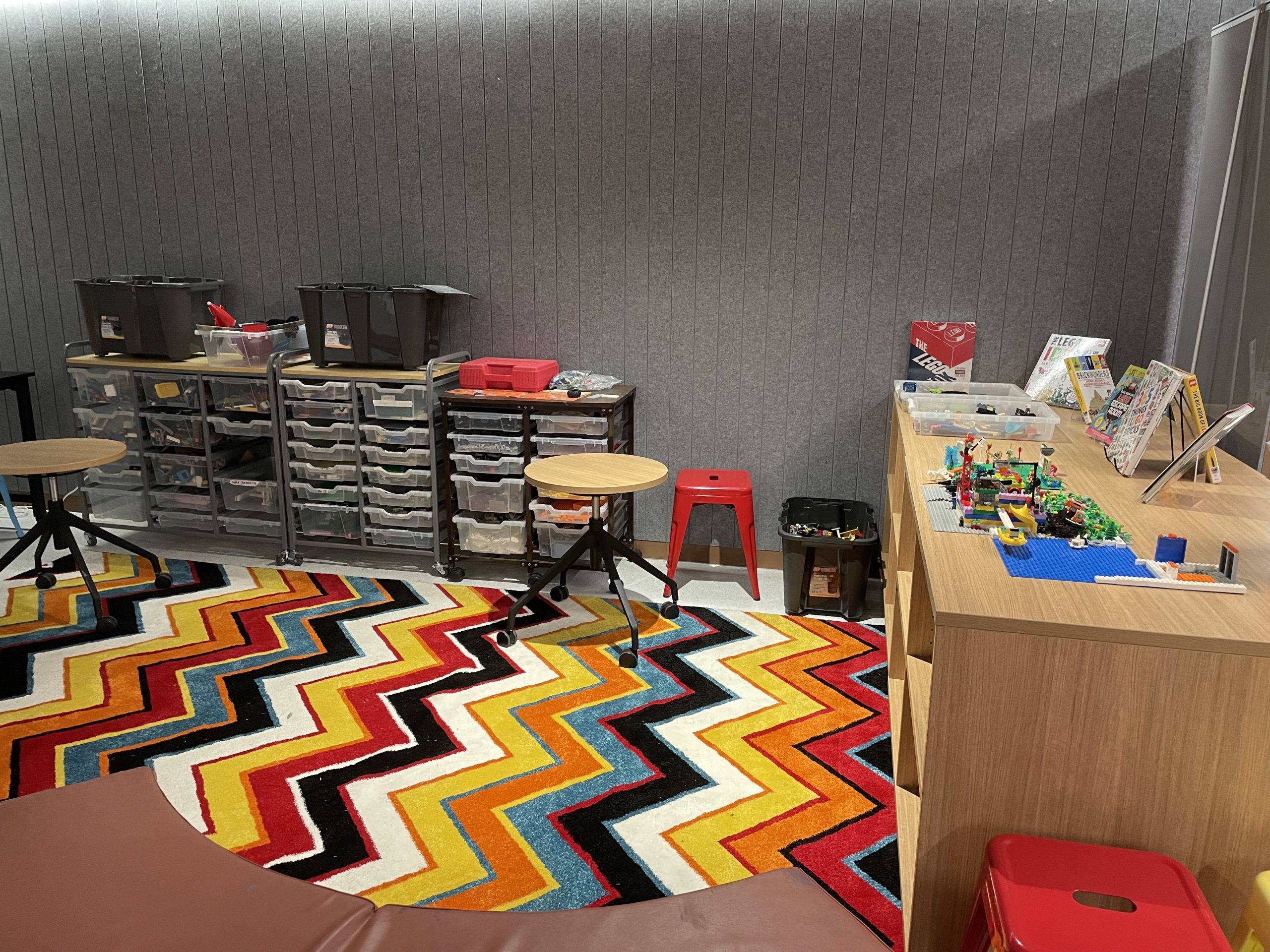
Respecting others’ work
It’s an ongoing conversation about respecting others’ work. Mostly, because our Lego space is always accessible, it’s been non-Lego Club members who have damaged some projects. Students can store their projects in labelled trays and others have made signs to tell others not to touch their work. Mostly, it works well. I’ve had to have a few conversations with students about doing the right thing. Some students were found to be in the space and damaging others’ projects, so they completed some community service tidying up our Lego space to repair the damage they did. It’s a great space for teaching students about responsibility and respect.
Clean-up
Having clearly marked storage and areas for the Lego to be returned makes clean-up easier. We still have to remind students to pack up their pieces and we do a regular clear up. Having dustpans helps to sweep up stray Lego. We also have a 5 minute pack-up bell that helps students to know when to start packing up before the return to class bell rings. But it’s just a constant conversation with have wth students about respecting the space and helping to pack up.
Losing Lego
Have we lost any Lego? Honestly, I couldn’t even tell you. I am sure we have, even if it’s just to the cleaners’ vacuum. The great thing about buying second-hand Lego at such a great price means we have a lot, so we don’t notice if we loose any. Things like Mini Figures are the most covetable, so we keep those in a little container out the back and hand them out when needed.
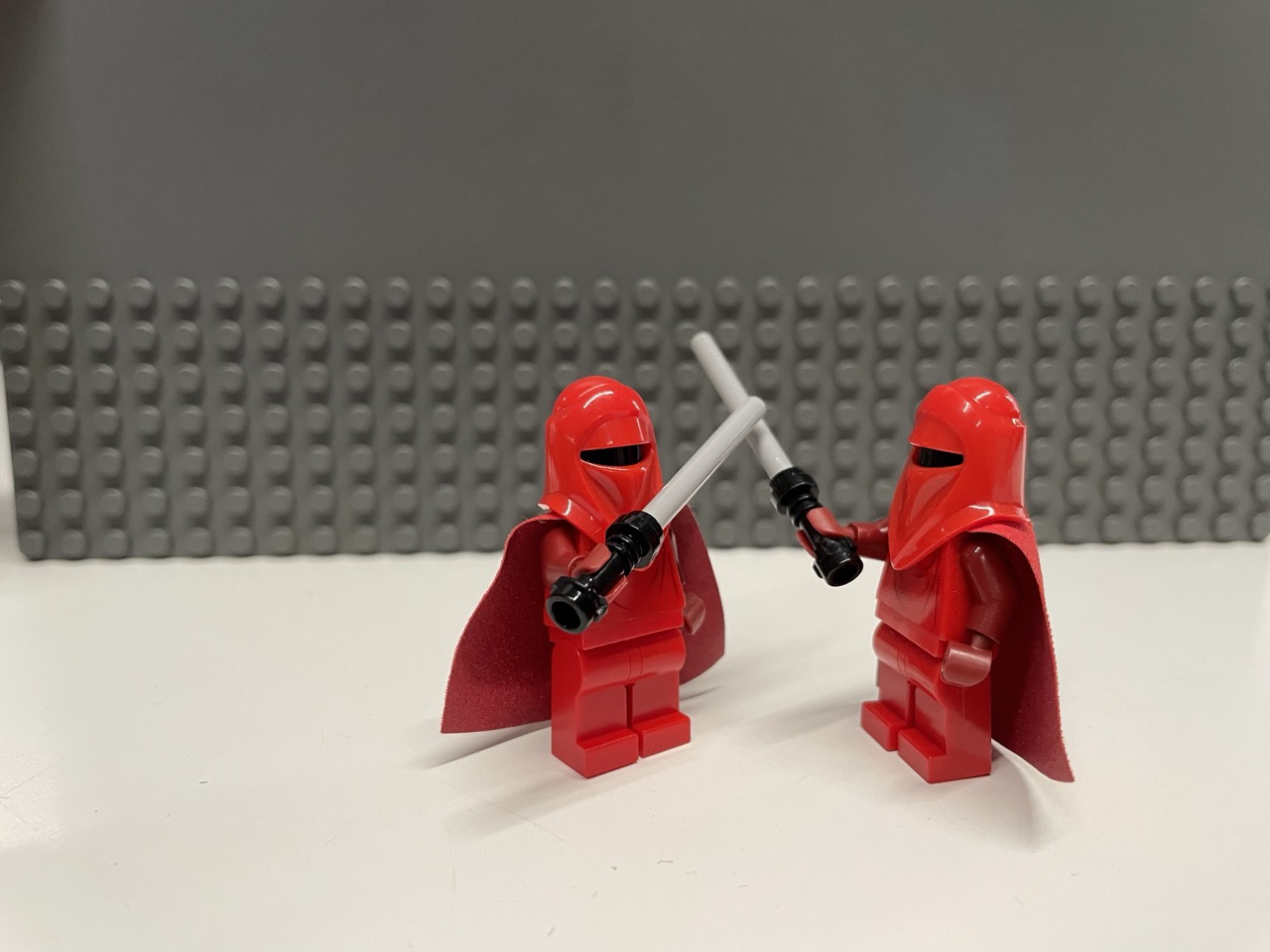
Promoting the Club
As well as having the Lego always out, which really helps promote that we have it, we have posters up about which day Lego Club is on and we promote it in newsletter articles and emails to older students.
I love our Lego area and Lego Club, love having this on offer for our students and it’s certainly a hugely popular space and something that is easy for us to maintain and supervise.
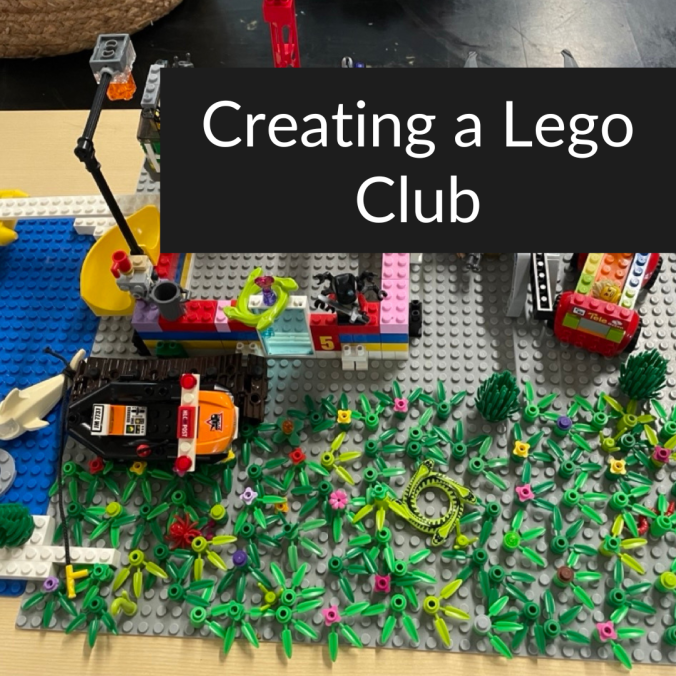


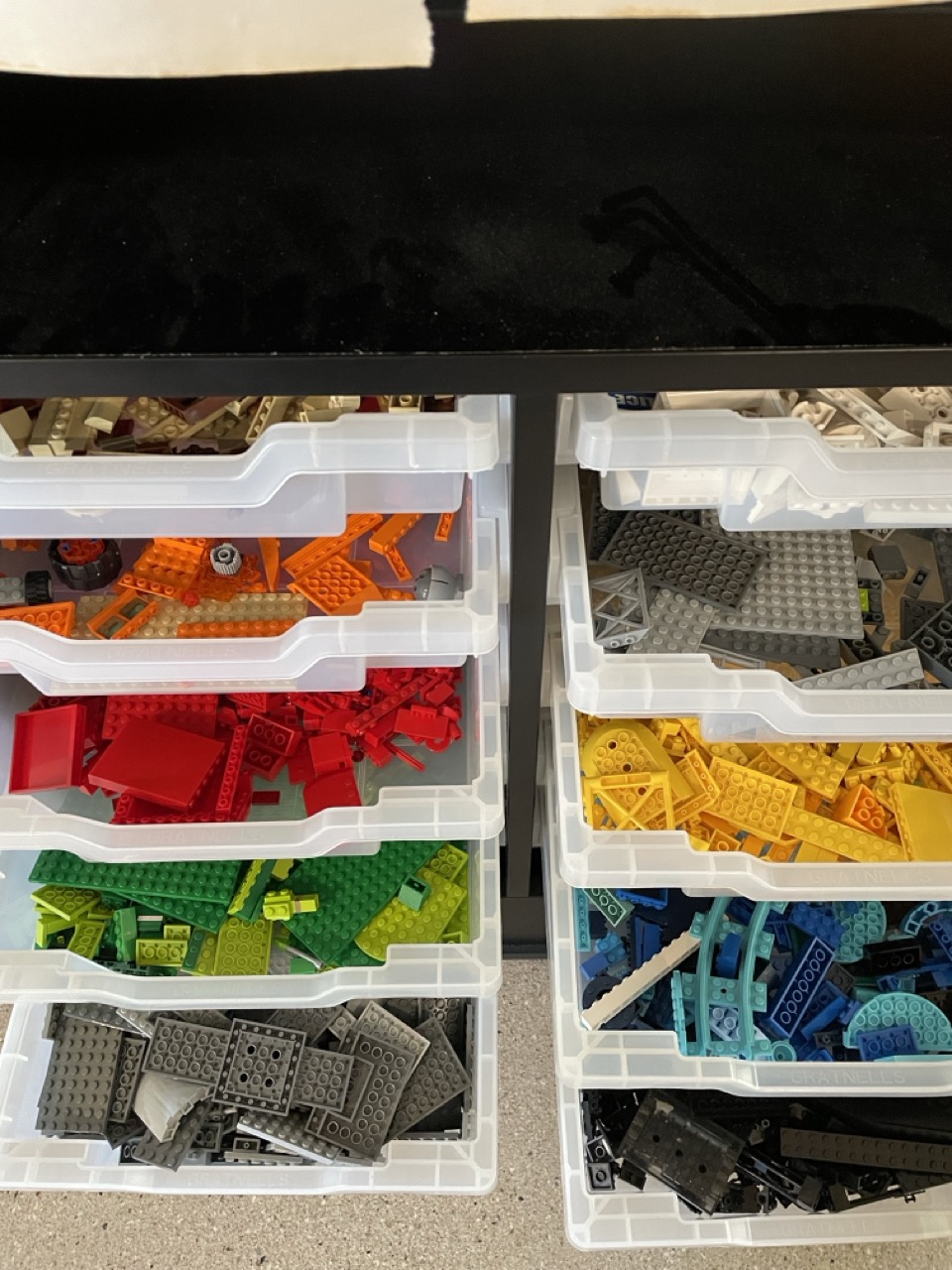


Leave a Reply